The literal and figurative thread in Senzeni Marasela's art
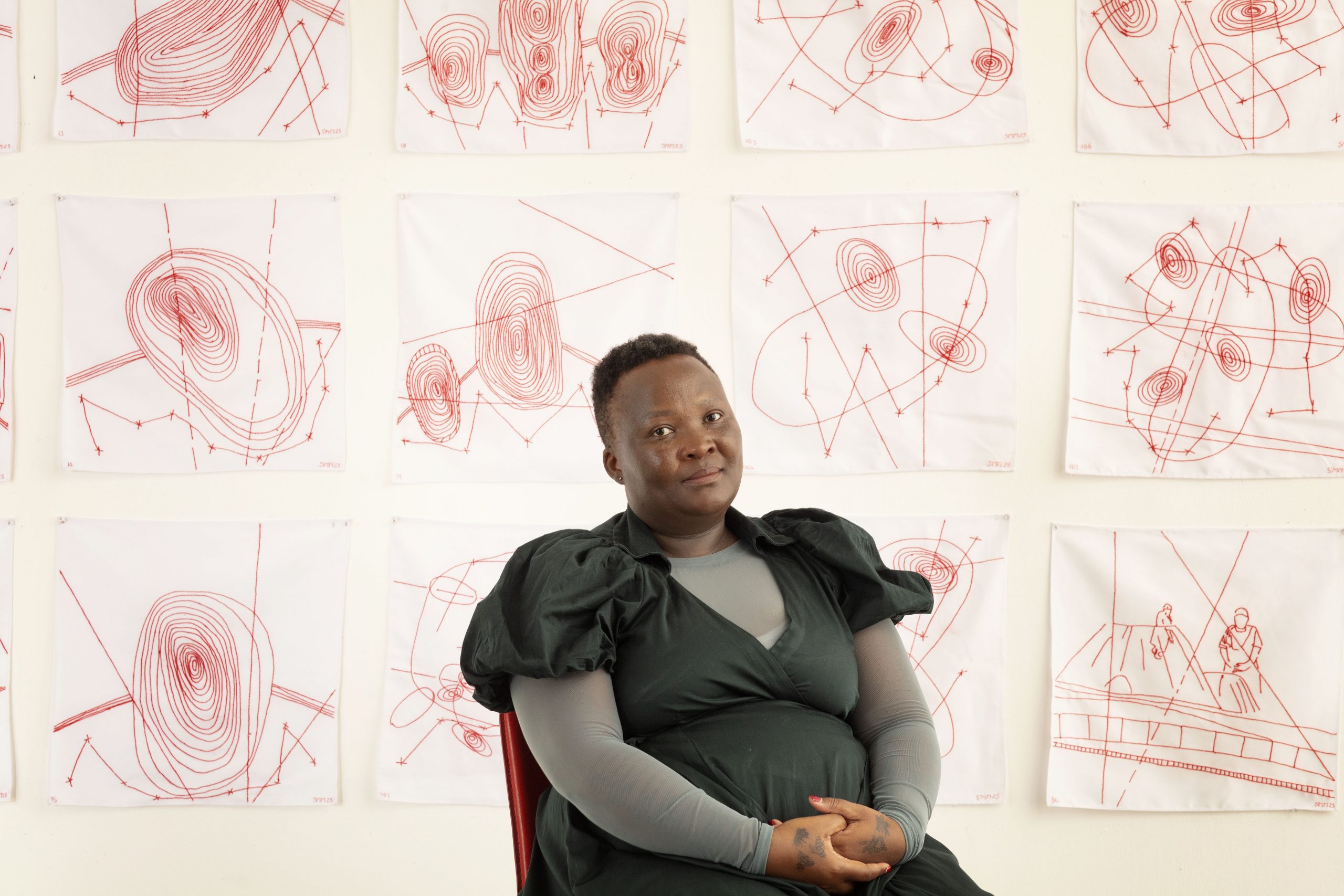
This edition, Art Rotterdam welcomes several new exhibitors including the Johannesburg based Kalashnikovv Gallery. The gallery is dedicated to providing a platform to both emerging and established South African artists. One of them is the interdisciplinary artist Senzeni Marasela (1977, South Africa) who explores photography, video, prints and mixed-medium installations involving textiles and embroidery. Her work deals with history, memory, and personal narrative, emphasising historical gaps and overlooked figures. Although Marasela exhibits around the globe, it is the first time her work is shown at a Dutch art fair.
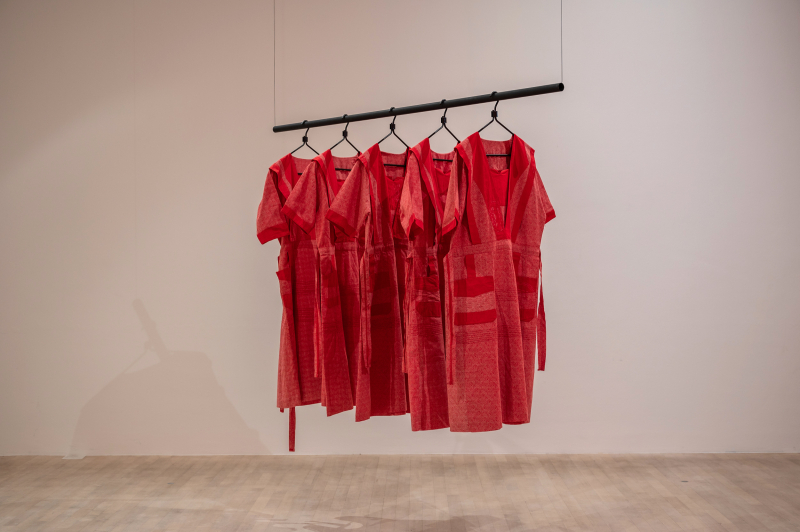
In her performance titled Waiting for Gebane (2013-2019), Marasela delves into the life of her alter-ego Theodora (named after her mother) and fictional husband Gebane who abandons her in a village in the Eastern Cape and travels to Johannesburg. The story starts with a modest red dress which she receives as a gift before he leaves. The ornamentally printed Iseshweshwe dress is worn by married women in Xhosa culture and is widely worn by the rural population. Marasela wears the garment daily for six years in a row, a powerful statement woven into the encounters she has. She also performed this project at the 56th Venice Biennale in 2015.
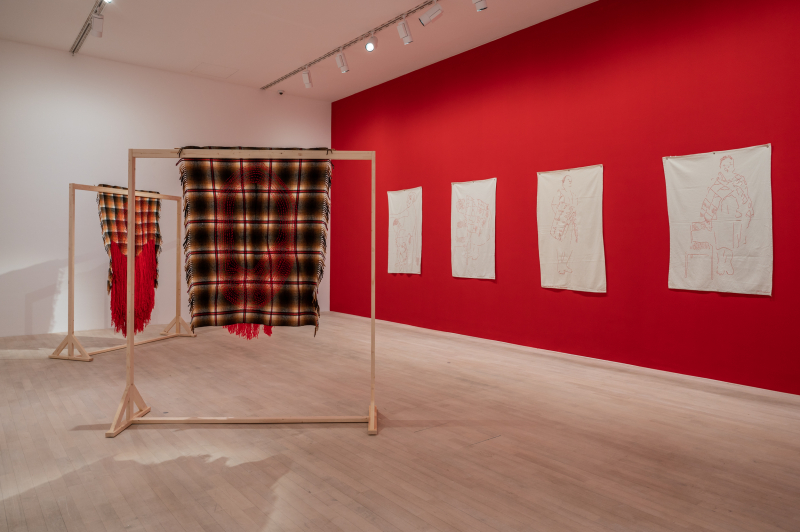
As the artist explains: “A large part of my work is concerned about covering Theodora. It is the hardships that she had to go through living in Johannesburg and probably also the hardships that women like me now are struggling with now. Because it’s a place with a lot of violence.” As such, Theodora remains not only a fictional character but also a way of giving voice to the traumas of Marasela’s mother and other black women, to this day.
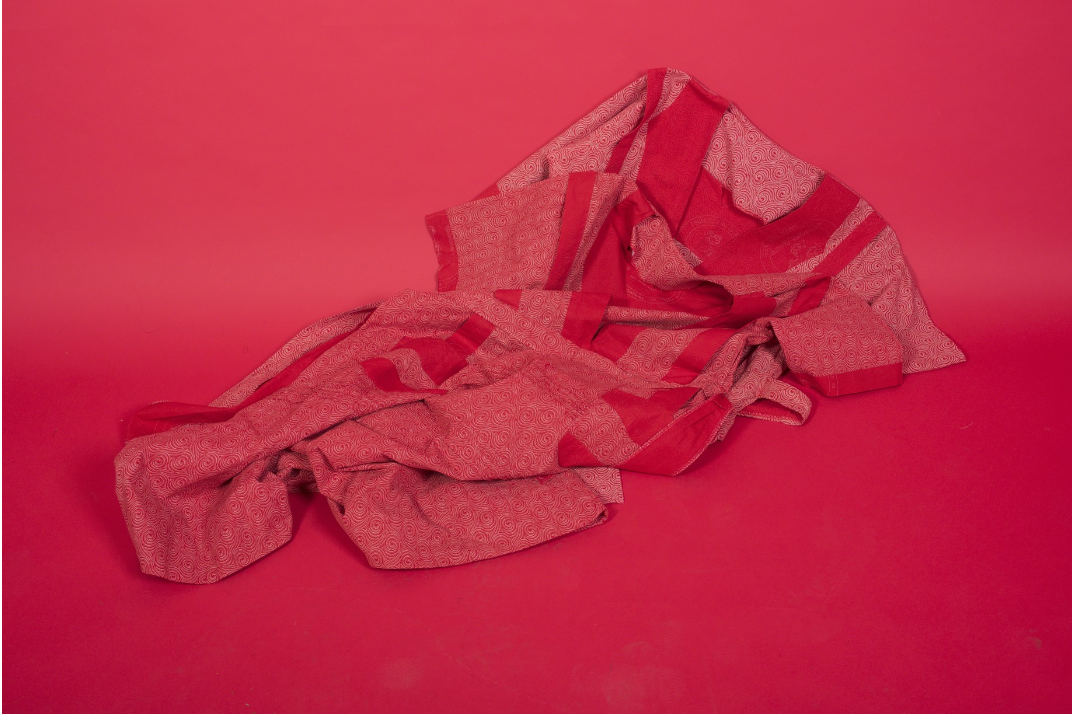
There is literally and figuratively a common thread in her work. The frequent use of the colour red in her embroidered works and watercolours, can be interpreted as a reference to the blood and evil behind colonial practices. Thematically, the artist makes invisible stories of oppressed black women visible. In her most recent series Last Known Location (2023), which the artist presents at Art Rotterdam, she uses topography to string together the story of Theodora in search of Gebane's footprints.
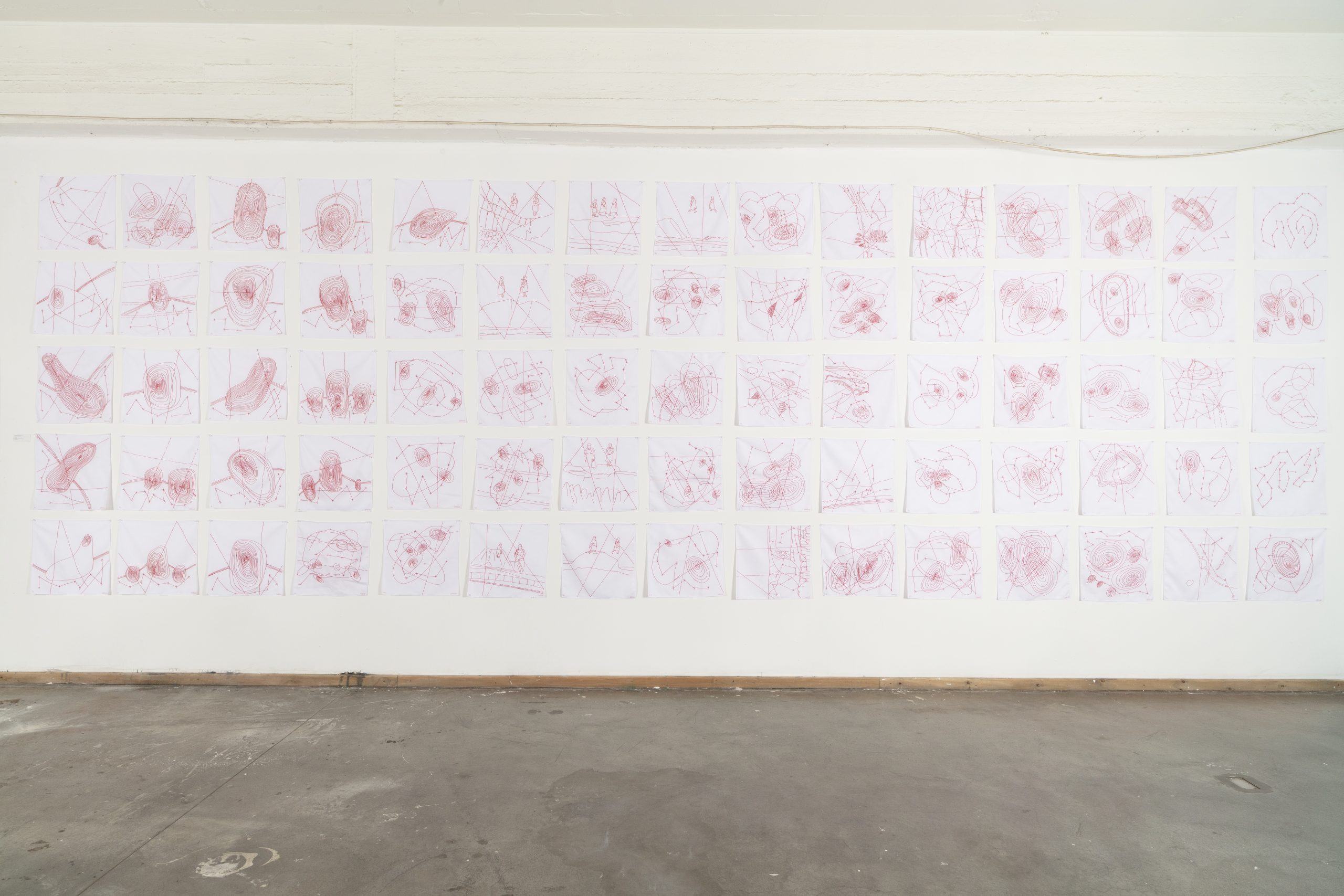
In earlier work Covering Sarah (2011), consisting of watercolours of red outlines in front of a white background, Sarah Baartman (1789-1815) is the main character. Baartman was a South African Khoikhoi woman who was required to perform in London and Paris in the 19th century. Tragically, she was used by Europeans to exhibit at rich people's parties and private salons.
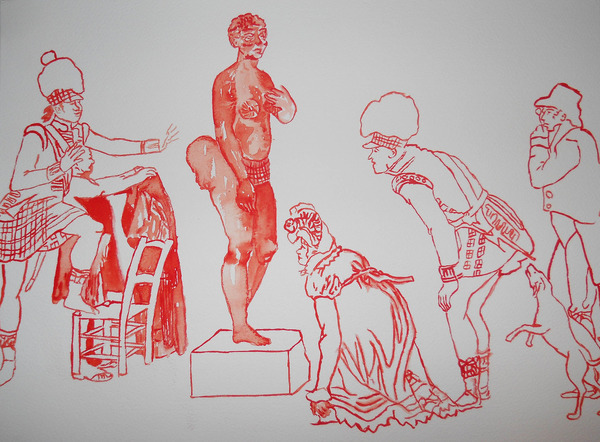
That her art has remained relevant and impactful for almost 30 years of artistry is reflected in the recent award Marasela received. In 2023, the artist won the first K21 Global Art Award, an initiative from the Friends of Kunstsammlung Nordrhein-Westfalen which celebrates the vision and courage of emerging and mid-career artists. She responds: “I hope that this is the beginning of great discussions and cooperations. I also hope that this is a journey that will inspire young artists around the world, especially in Africa.” Determined to address inequality resulting from apartheid, the artist deconstructs practices of colonialism and racism in order to reconstruct a world of equality for generations to come.
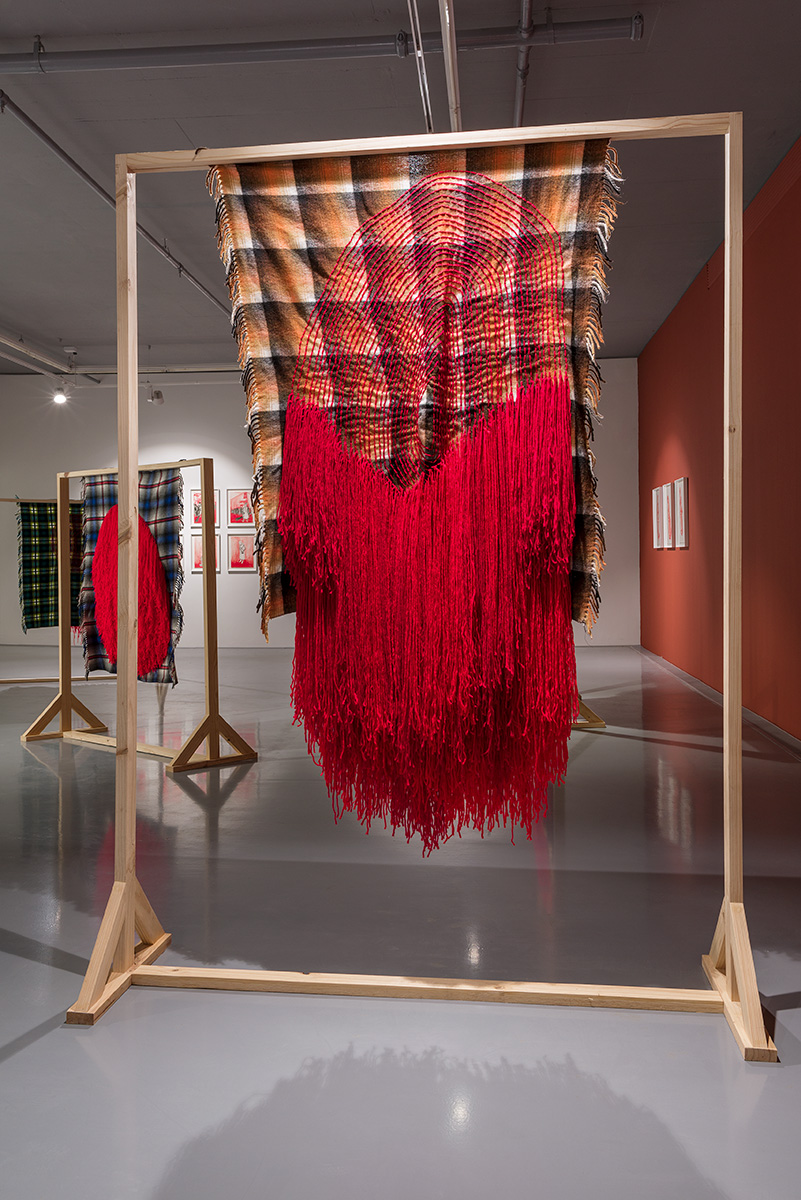
Senzeni Marasela (1977, South Africa) graduated from the University of the Witswatersrand in Johannesburg (1998) and shortly thereafter completed a residency at the South African National Gallery. Some of her career highlights include exhibitions at the South African Pavillion during the 56th Venice Biennale (2015), Zeitz Mocaa in Cape Town (2020) and the Museum of Modern Art in Paris (2021). Her work is represented in several collections such as Smithsonian Museum (USA), MoMA (USA) and Harry David Collection (GRE). She lives and works in Soweto.
During Art Rotterdam, Senzeni Marasela exhibits her art at Kalashnikovv Gallery from Johannesburg (Solo/Duo, booth 22).
Written by Pienk de Gaay Fortman


